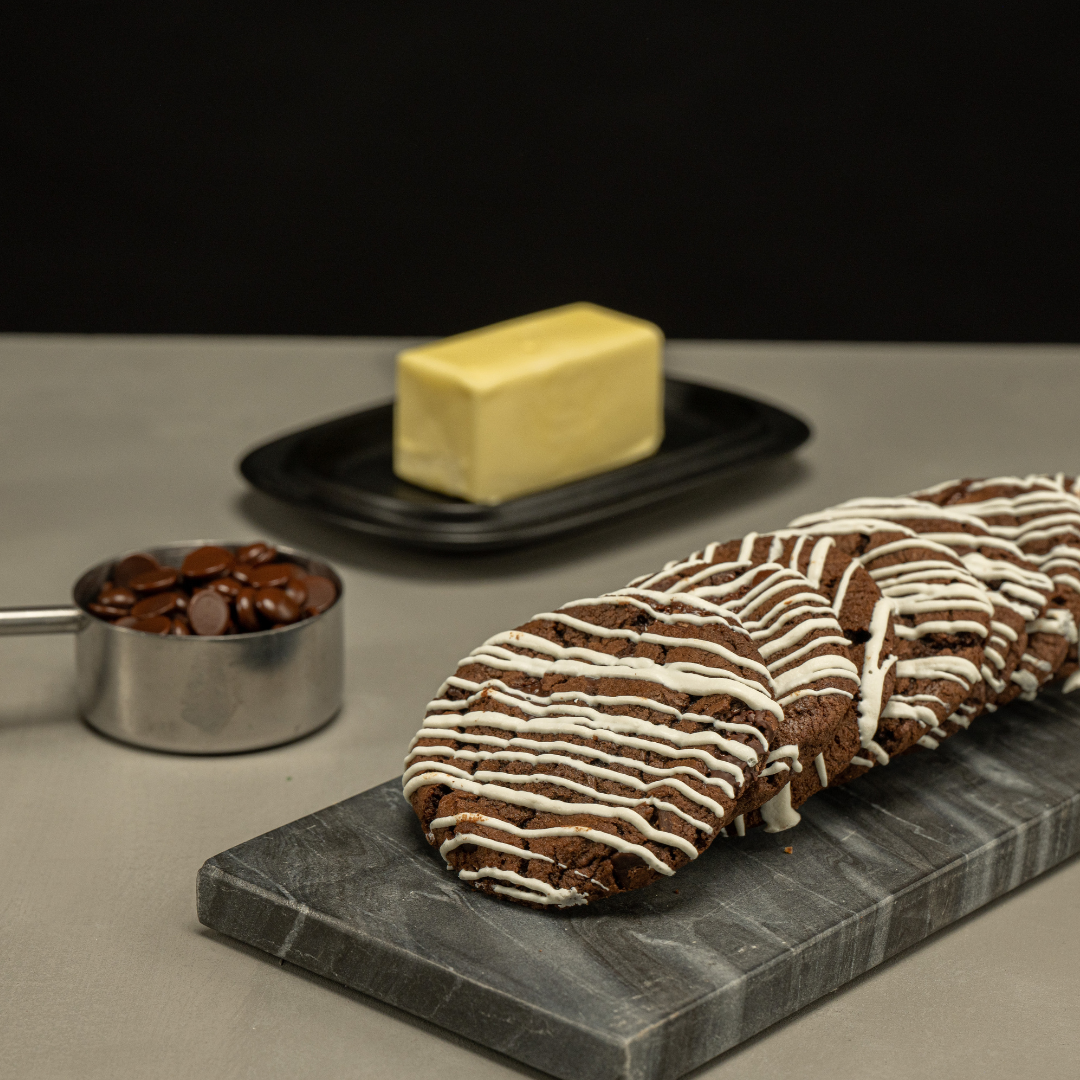Imagine you just got your hands on your granny’s famous homemade chocolate chip cookie recipe. You look at the ingredients list, and there, at the very top, you see the enigmatic word flour. The question is - what kind of flour?
The straightforward answer would be all-purpose flour. But even that simple answer is followed by another vital question. Should you use bleached or unbleached all-purpose flour? And that’s how you ended up here.
Did we guess it right? However you ended up reading these words, what matters is that you’re here, looking for an answer to your mind-boggling question.
Bleached or unbleached flour for cookies? Let’s establish once and for all which one to choose for baking!
Bleached vs. Unbleached Flour
At the moment, you’re probably wondering what the heck the deal is here. Bleached or unbleached, flour is flour, right? To quote one of our favorite memes, “well, yes, but actually, no.”
While both can serve similar baking and cooking purposes, bleached and unbleached flours have several distinct characteristics that may affect your cookies’ taste and texture.
That said, let’s get the boring stuff out of the way and see what bleached and unbleached flours are.
What Is Bleached Flour?
Bleached flour is a type of flour that has been treated with chemicals to speed up the process of aging, giving flour a whiter (bleached) look and a finer texture.
This process involves exposing the flour to chlorine, benzoyl peroxide, or nitrogen dioxide. These chemicals break down the carotenoid pigments in the flour, which are responsible for its natural yellow color. Once these pigments have been broken down, the flour appears whiter and more refined.
So yes, that shiny-white flour you see on most supermarket shelves is the bleached type. This is also the flour that most recipes have in mind when they mention all-purpose flour.
That’s mainly because bleached flour produces a lighter, fluffier texture in baked goods due to its finer texture.
On the other hand, because it’s heavily processed, some people are concerned about the bleaching process’s impact on flour’s nutritional value. The case might also be that a person is allergic to one of the chemicals used during bleaching.
In such cases, unbleached flour can be a healthier and less-risky alternative. And speaking of unbleached flour.
What Is Unbleached Flour?
Unlike bleached flour, unbleached has not been chemically treated with whitening agents. This type of flour is typically made from wheat that has not been heavily processed, meaning it still contains the natural bran and germ of the wheat kernel.
Due to its more natural manufacturing process, unbleached flour is considered more nutritious than bleached flour. Some people also claim that it tastes better, retaining more of its natural wheat flavor and texture.
However, that rich wheat taste makes unbleached flour a less popular choice when baking pastries, cakes, or cookies. It also comes with a denser and heavier texture, which makes it an excellent choice when baking bread or goods that require a heater texture and a more complex flavor.
Oh, and yes, unbleached flour is also typically more expensive than bleached.
Key Differences Between Bleached and Unbleached Flour
Okay, so summing up, the primary difference between bleached and unbleached flour is that the first one is chemically processed, whereas the second isn’t.
That processing is what makes bleached flour whiter and more refined. It also has a less intense taste. Unbleached flavor, on the other hand, retains most of the wheat properties, including a denser texture and more complex flavor.
Another difference is that bleached flour loses some of its nutritional value during the bleaching process. It’s also not suitable for people who might be allergic to chemicals used during processing.
Bleached vs. Unbleached Flour in Cookies: Which Is Better?
So, which type of flour to use for your chocolate chip cookies?
The truth is that it all comes down to personal preference. Some bakers prefer the softer texture and lighter color of bleached flour, while others prefer the nuttier flavor and denser texture of unbleached flour. Additionally, some recipes may specifically call for one type of flour over the other.
For example, if you prefer your chocolate chip cookies soft and tender, bleached flour is a better choice. However, unbleached flour will provide better results if you’re going for a more crispy cookie experience with a rich taste.
Also, if you have more strict nutritional requirements, we’d recommend using unbleached flour. While it’s more expensive, it’s not chemically processed, which makes it a healthier option between the two.
What Is the Best Flour for Chocolate Chip Cookies?
Whenever you’re wondering what type of flour to choose when baking chocolate chip cookies, the safest answer is always all-purpose flour. It will always provide you with the desired results, ensuring your cookies go out of the oven just as you imagined them.
As for picking between bleached and unbleached flour, now that is your choice to make. In general, bleached flour offers a more refined texture which can help make your cookies softer and more fluffy. Its flavor is also less invasive.
On the other hand, unbleached flour is excellent for healthier cookie recipes, as it offers richer nutritional value. It is, however, denser in texture, which provides more structure to your cookies, making it a preferred flour option among crispy cookie lovers.
Overall, both bleached and unbleached flour can be used in baking, and it's up to you to decide which type of flour will work best for your specific recipe and taste preferences.
We’re certain that no matter which type of flour you choose, the final result will be delicious.








